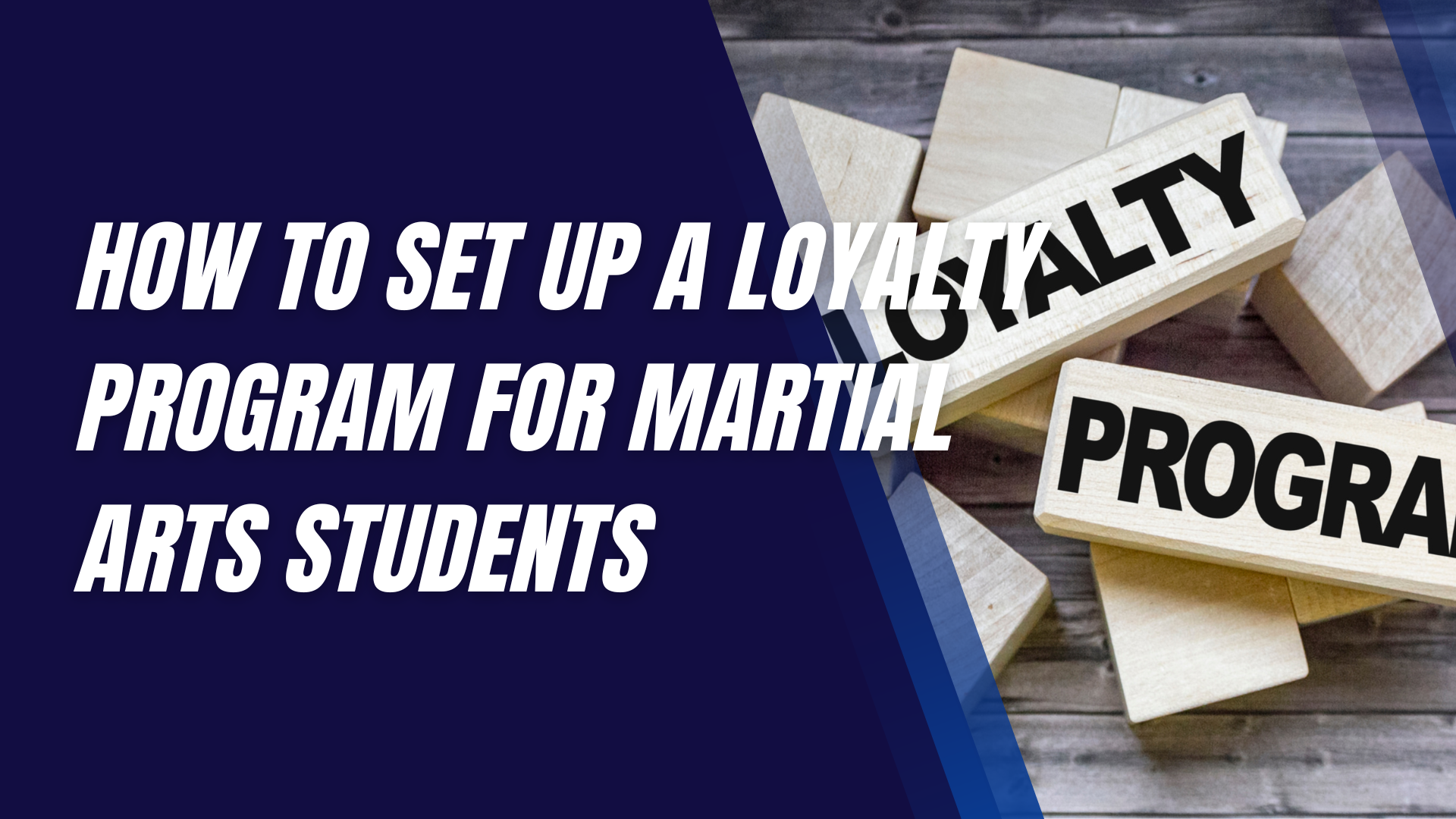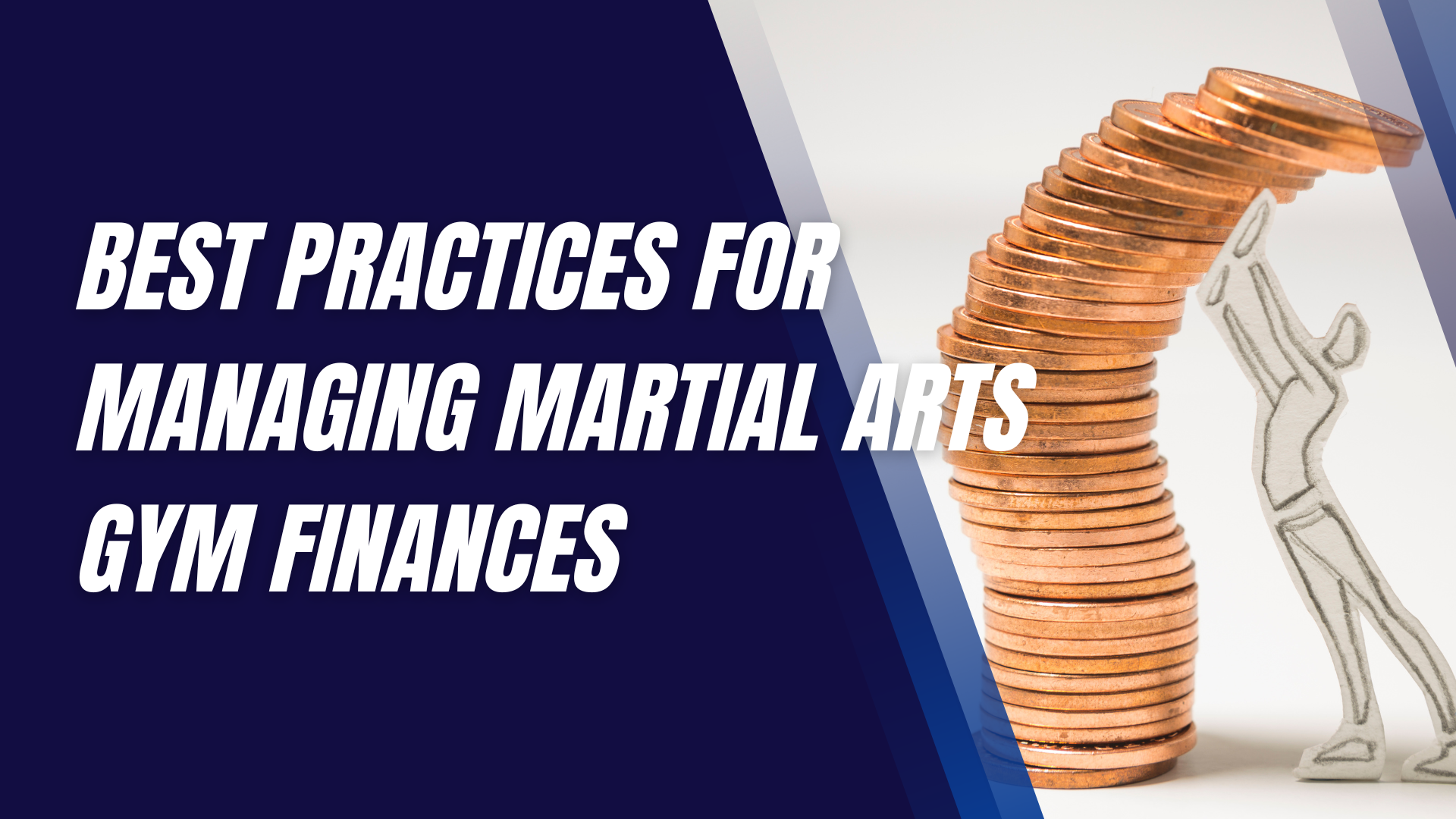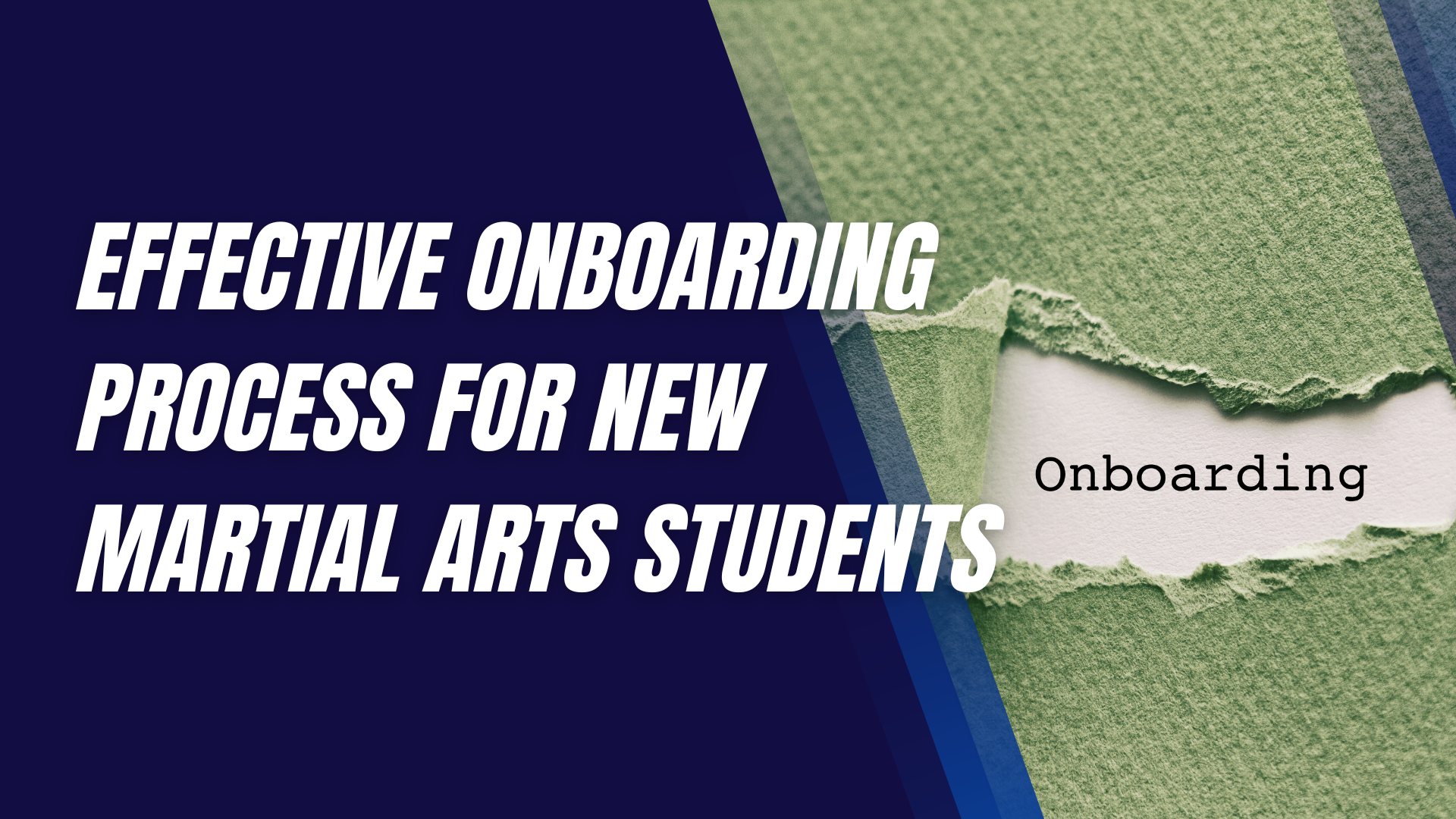Developing Effective Grappling Techniques for Jiu-Jitsu
When it comes to mastering Jiu-Jitsu, grappling is the cornerstone of the discipline.
Unlike striking martial arts, Jiu-Jitsu emphasizes controlling and submitting opponents through a variety of holds, locks, and chokes. But why is grappling so crucial in Jiu-Jitsu?
The Importance of Grappling in Jiu-Jitsu
Grappling techniques are fundamental because they allow a practitioner to control an opponent without causing injury, making Jiu-Jitsu both an
effective self-defense system and a sport. The essence of Jiu-Jitsu lies in its ability to neutralize opponents through leverage, balance, and technique rather than sheer strength.
Overview of Jiu-Jitsu as a Martial Art
Originating in Japan and refined in Brazil, Jiu-Jitsu combines
traditional martial arts principles with innovative techniques. It has gained
worldwide popularity due to its effectiveness in mixed martial arts (MMA) and self-defense scenarios. Grappling, a core component of Jiu-Jitsu, involves a range of skills from takedowns to submissions.
Fundamental Principles of Grappling
Before diving into specific techniques, it's essential to understand the fundamental principles that underpin effective grappling.
Understanding Body Mechanics
Body mechanics play a pivotal role in grappling. By understanding how your body moves and interacts with your opponent’s, you can apply techniques more efficiently.
Leverage and Balance
Leverage allows a smaller, weaker individual to control a larger, stronger opponent. By using proper leverage, you can apply minimal force to achieve maximum effect. Balance, on the other hand, is about maintaining your stability while disrupting your opponent’s. These concepts are the backbone of all grappling techniques.
Center of Gravity
Your center of gravity is the point where your body's mass is concentrated. Controlling your center of gravity and manipulating your opponent’s is crucial for executing throws and maintaining dominant positions.
The Role of Timing and Rhythm
Timing and rhythm can make or break a grappling technique. Knowing when to execute a move is just as important as knowing how. By developing a sense of timing, you can anticipate and counter your opponent’s actions effectively.
Essential Grappling Techniques
Now that we've covered the principles, let's delve into some essential grappling techniques every Jiu-Jitsu practitioner should know.
Basic Holds and Locks
Holds and locks are foundational techniques in grappling, designed to control and submit opponents.
Armbar
The armbar is a classic submission technique that hyperextends the opponent’s elbow. By isolating the arm and using your hips to apply pressure, you can force a tap out.
Kimura
The Kimura lock targets the shoulder, leveraging the opponent's arm behind their back. This technique not only secures a submission but also provides excellent control over the opponent.
Effective Chokes
Chokes are another critical aspect of grappling, aiming to cut off blood flow to the brain or air supply to the lungs, leading to a submission.
Rear Naked Choke
The rear naked choke is a powerful technique executed from the back. By wrapping your arm around the opponent’s neck and applying pressure, you can achieve a quick and decisive victory.
Guillotine Choke
The guillotine choke is effective from various positions, including standing and guard. It involves encircling the opponent’s neck with your arm and applying upward pressure, forcing them to tap out or lose consciousness.
Advanced Grappling Strategies
Once you’ve mastered the basics, it's time to explore more advanced strategies that can give you an edge in grappling.
Positional Control
Maintaining dominant positions is crucial for controlling the fight and setting up submissions.
Mount
The mount position places you on top of your opponent’s chest, allowing you to apply pressure and strikes or set up submissions.
Side Control
Side control involves pinning your opponent to the ground from the side. This position offers control and various submission opportunities while keeping you safe from strikes.
Transitioning Between Positions
Fluid movement between positions is key to maintaining control and advancing your game.
Sweeps
Sweeps are techniques used to reverse positions, turning a defensive situation into an offensive one. Mastering sweeps allows you to escape from the bottom and gain a dominant position.
Escapes
Escapes are essential for getting out of bad positions. Learning effective escapes ensures you can survive and recover from difficult situations during a match.
Drilling and Practicing Grappling Techniques
Practice is the key to mastery. Consistent drilling helps engrain techniques into muscle memory.
Importance of Consistent Practice
Regular practice not only improves your skills but also builds confidence. Consistency is the secret to progress in Jiu-Jitsu.
Drilling with a Partner
Practicing with a partner allows you to apply techniques in a realistic setting.
Flow Drills
Flow drills involve practicing techniques in a continuous, fluid motion without resistance. This helps in understanding the sequence and transition between moves.
Resistance Drills
Resistance drills involve practicing techniques with a resisting partner, simulating a real match scenario. This type of practice helps in fine-tuning techniques under pressure.
Physical Conditioning for Grappling
Physical conditioning plays a significant role in your grappling performance.
Strength Training
Strength
training enhances your ability to control and submit opponents. Focus on functional strength exercises that mimic grappling movements.
Flexibility and Mobility
Flexibility and mobility are crucial for executing techniques smoothly and avoiding injuries. Incorporate
stretching and mobility exercises into your routine.
Cardiovascular Endurance
Grappling can be physically demanding, requiring a high level of cardiovascular endurance. Regular cardio training will improve your stamina and recovery during matches.
Mental Preparation for Grappling
Grappling is as much a mental challenge as it is a physical one.
Developing Mental Toughness
Mental toughness allows you to push through difficult situations and maintain focus during a match. Techniques like positive self-talk and goal setting can help build resilience.
Visualization Techniques
Visualization involves mentally rehearsing techniques and scenarios. This practice helps in improving your reaction time and confidence.
Staying Calm Under Pressure
Staying calm under pressure is critical for making smart decisions during a match. Techniques like deep breathing and mindfulness can help maintain composure.
Common Mistakes and How to Avoid Them
Avoiding common mistakes can significantly improve your grappling efficiency.
Overcommitting to a Technique
Overcommitting can lead to vulnerabilities. Always be ready to transition to another technique if your initial move fails.
Neglecting Defense
Defense is just as important as offense. A strong defensive game prevents your opponent from capitalizing on your mistakes.
Learning from Competition
Competition provides invaluable experience and insights into your grappling game.
Analyzing Your Performance
After a match, analyze your performance to identify strengths and weaknesses. This helps in making targeted improvements.
Studying Opponents’ Techniques
Studying your opponents’ techniques can give you a strategic advantage. Learn from their strengths and weaknesses to enhance your own game.
Final Thoughts
Developing effective grappling techniques in Jiu-Jitsu requires understanding fundamental principles, consistent practice, physical conditioning, and mental preparation. By mastering these elements, you can significantly enhance your grappling skills and overall performance in Jiu-Jitsu.
Interested in trying a martial arts class? Find an affiliated academy anywhere in the country by clicking here.
Have your own martial arts program? Get to know more about what we have to offer at Ground Standard Agency for helping martial arts businesses grow.
Email us at info@groundstandard.com, or call and text us at (732) 907-8920 today to learn how to start growing your own academy, school, dojo, or gym with us as well.
Share this article












